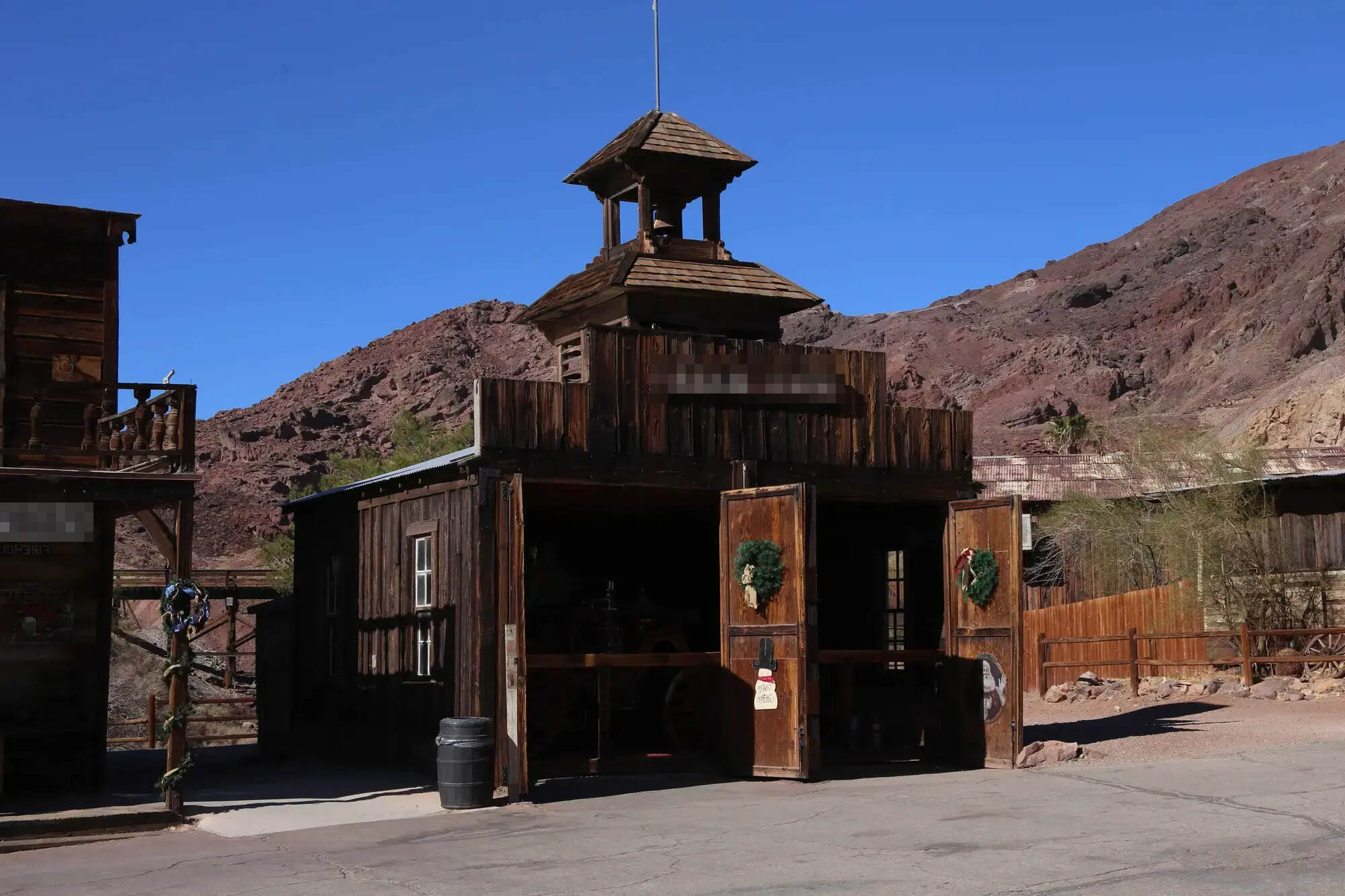Secrets Of California’s Calico Ghost Towns

Have you ever wondered what it would be like to step back in time and experience the Old West? California's Calico Ghost Towns offer a unique glimpse into the past, where you can explore abandoned mines, historic buildings, and dusty streets that once bustled with activity. These ghost towns, remnants of the silver mining boom in the late 1800s, are now preserved as historical sites. Whether you're a history buff, an adventure seeker, or just looking for a unique day trip, visiting these ghost towns provides a fascinating look into California's rich history. Ready to uncover the secrets of the Wild West? Let's go!
Secrets of California's Calico Ghost Towns
California's ghost towns hold stories of the past, echoing the days of the Gold Rush and silver mining booms. These abandoned places offer a glimpse into history, with crumbling buildings and tales of yesteryears. Let's uncover some of the most intriguing ghost towns in California.
1. Calico Ghost Town
Calico, once a bustling silver mining town, now stands as a preserved ghost town. Founded in 1881, it quickly grew to house over 500 mines. Today, visitors can explore restored buildings, pan for gold, and even take a ride on the Calico & Odessa Railroad.
2. Bodie
Bodie, a National Historic Landmark, was once a thriving gold-mining town. At its peak, it had a population of around 10,000 people. Now, it remains in a state of "arrested decay," with over 100 structures still standing. Wander through the streets and imagine life during the Gold Rush era.
3. Randsburg
Randsburg, known as the "Living Ghost Town," still has a small population. Established in 1895, it was a gold mining hub. Today, visitors can explore antique shops, visit the general store, and see the old jailhouse. The annual Old West Days festival brings the town's history to life.
4. Cerro Gordo
Cerro Gordo, meaning "Fat Hill," was a silver mining town in the 1860s. It became one of the richest silver mines in California. Though now privately owned, tours are available by appointment. The town's hotel, saloon, and other buildings offer a peek into its prosperous past.
5. Ballarat
Ballarat, named after a gold town in Australia, was founded in 1897. It served as a supply point for nearby mining operations. Today, only a few buildings remain, but the town's history is preserved by a lone caretaker. Visitors can see the old jail, post office, and a few other structures.
6. Keeler
Keeler, located near Owens Lake, was once a bustling town due to the Cerro Gordo mines. The town saw a decline after the mines closed and the lake dried up. Now, it stands as a quiet reminder of its former glory, with a few remaining buildings and a rich history.
7. Darwin
Darwin, founded in the 1870s, was a silver mining town that experienced several booms and busts. Today, it has a small population of artists and eccentrics. Visitors can explore the remnants of old buildings and get a sense of the town's colorful past.
8. Panamint City
Panamint City, located in Death Valley, was a silver mining town established in 1873. It was known for its lawlessness and rough reputation. The town was eventually abandoned after a flash flood. Today, it's a challenging hike to reach the ruins, but the journey offers stunning views and a sense of adventure.
9. Shasta
Shasta, once known as the "Queen City" of California's northern mining district, was a bustling town during the Gold Rush. Today, it's a state historic park with preserved buildings, including a courthouse, jail, and general store. Visitors can learn about the town's history through exhibits and guided tours.
10. North Bloomfield
North Bloomfield, located in the Malakoff Diggins State Historic Park, was a gold mining town known for its hydraulic mining operations. The town's buildings have been preserved, and visitors can explore the old schoolhouse, saloon, and other structures. The park also offers hiking trails and picnic areas.
11. Empire Mine
Empire Mine, located in Grass Valley, was one of the oldest and richest gold mines in California. The mine operated for over 100 years, producing millions of ounces of gold. Today, it's a state historic park with guided tours, exhibits, and beautiful gardens. Visitors can explore the mine's buildings and learn about its history.
12. Columbia
Columbia, known as the "Gem of the Southern Mines," was a gold rush town that has been preserved as a state historic park. The town's buildings have been restored, and visitors can experience life during the Gold Rush through interactive exhibits, stagecoach rides, and gold panning. The park also hosts events and reenactments throughout the year.
Discovering California's Ghost Towns
California's Calico Ghost Towns offer a unique glimpse into the past. These abandoned towns, once bustling with miners and settlers, now stand as silent reminders of the Gold Rush era. Visiting places like Calico and Bodie lets you step back in time, exploring old buildings, mines, and artifacts. The eerie silence and preserved structures create an atmosphere that’s both fascinating and a bit spooky.
Exploring these ghost towns is not just about history. It’s also about experiencing the rugged beauty of California’s landscapes. The desert surroundings, with their stark beauty, add to the mystique of these forgotten places. Whether you’re a history buff, a photographer, or just looking for a unique adventure, California’s ghost towns have something to offer.
Plan your trip, pack your camera, and get ready to uncover the secrets of these hauntingly beautiful places.

